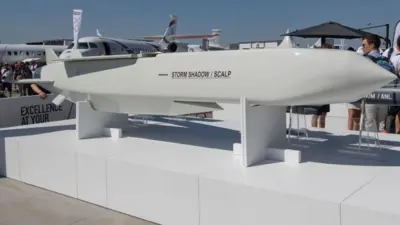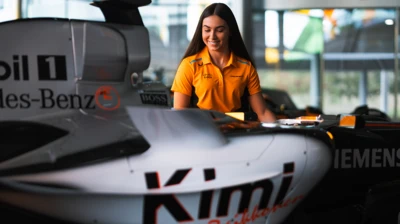We've updated our Privacy and Cookies Policy
We've made some important changes to our Privacy and Cookies Policy and we want you to know what this means for you and your data.
Pioneering Edsac computer to be built at Bletchley Park
- Author, Mark Ward
- Role, Technology correspondent, 91Čȱ¬ News
The first recognisably modern computer is to be rebuilt at the UK's former code-cracking centre Bletchley Park.
The Electronic Delay Storage Automatic Calculator (Edsac) was a room-sized behemoth built at Cambridge university that first ran in 1949.
Creation of the replica has been commissioned by the UK's Computer Conservation Society (CCS).
The three-year re-build will be carried out before visitors to The National Museum of Computing at Bletchley.
Digital help
Edsac was one of several early British computers that pioneered the practical use of such machines.
It was conceived and created by Sir Maurice Wilkes as a machine that could carry out many different kinds of calculation for Cambridge researchers and scientists.
"Edsac was the first to go into regular service to help the people Sir Maurice saw in Cambridge, researchers struggling with computation using desk calculators," said Dr David Hartley, chairman of the CCS.
During its nine-year lifespan, Edsac helped two Cambridge researchers win a Nobel and aided many more try out approaches and get results impossible to even conceive without the machine.
The ÂŁ250,000 cost of the re-build will be paid for from funds raised by a consortium led by entrepreneur Hermann Hauser. Dr Hartley said the project had been given the nod to proceed as the consortium has already received pledges to provide all the funds needed.
The early work of the re-build will involve scouring archives and talking to the remaining Edsac engineers to get a better idea of how the machine worked.
Relatively few parts of the original machine remain, said Dr Hartley, though Cambridge university does have one chassis though it has largely been denuded of valves, a critical part of all early machines.
"We're building up a good picture of what it was like," he said. "But there comes a point at which we have to guess what was in the designer's mind at the time."
Computer conservationist Chris Burton, who was involved in re-creating the Manchester Mark I, is helping to source parts that can be used to build a faithful replica of the original.
"He's making contact with all sorts of suppliers and is optimistic that we will get there," said Dr Hartley.
However, one part of the original Edsac that is unlikely to be re-created is the 1.5m (5 feet) long tubes of mercury used as a memory store. Modern health and safety regulations preclude the use of mercury, said Dr Hartley.
He added that experiments were already being carried out to use different materials to act as a "delay line" memory as in the original.
Top Stories
More to explore
Most read
Content is not available








